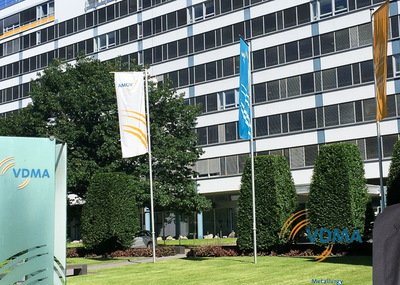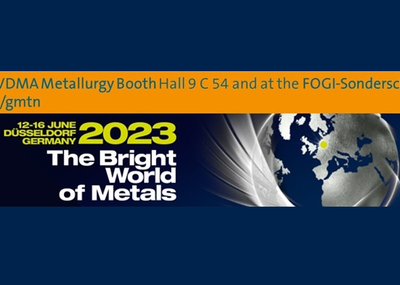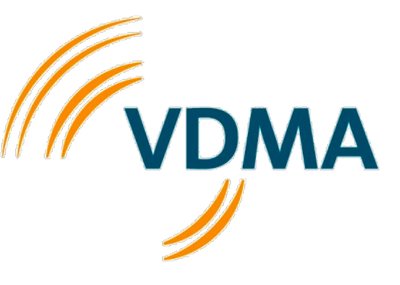With a population of around 1.7 million, Belgrade—Serbia’s capital—is one of the largest metropolitan areas in Southeast Europe. The country's economic growth is noteworthy: real GDP growth of 3.5% is forecast for 2024, and the total population currently stands at approximately 6.6 million. EU machinery exports to Serbia reached around €2.3 billion in 2023 (Sources: VDMA, IMF, Eurostat, Federal Statistical Office of Germany).
A striking example of Serbia’s industrial development is the presence of German technology group ZF Friedrichshafen AG. Back in 2019, ZF opened a plant in Pančevo to manufacture drivetrains for hybrid and electric vehicles—a symbolic move that even Serbian President Aleksandar Vučić attended in person. The automotive industry plays a major role in Serbia’s economy, accounting for around 20% of foreign direct investment.
ZF deliberately chose Serbia, despite already having locations in nearby Romania. Former ZF board member Michael Hankel cited the availability of skilled labor as a key factor. “Initially, we had concerns about finding the right talent here,” recalls Milan Grujic, Managing Director of ZF Serbia. “But it quickly became clear that those concerns were unfounded.”
ZF has significantly expanded its operations in Serbia over the years: in 2021, a technology center for e-mobility solutions opened in Pančevo, followed by a research center in Novi Sad in 2022, and another plant for power electronics in 2023. The company has invested roughly €160 million in the country and now employs more than 1,600 people there.
Other German and European companies are following suit. “Serbia is one of the few Western Balkan countries that has successfully carried its industrial base from the Yugoslav era into the present,” says Alexander Markus of the German-Serbian Chamber of Commerce (AHK Serbia). “It offers a stable environment and a motivated, capable workforce.”
Beyond serving as a sales market, Serbia is becoming increasingly attractive for sourcing. Between 2008 and 2023, imports of intermediate goods to Germany from Serbia have multiplied, reaching nearly €1 billion. Still, as Markus notes: “Serbia is no longer a low-wage country.” Especially in the north, where many investors are active, it is becoming more difficult to find qualified workers—prompting some companies to explore locations in the south.
One such example is Hansgrohe SE, which in 2023 opened a new faucet production facility in Valjevo, about an hour south of Belgrade. “We wanted to create growth, but also reduce our dependency on Asia by shortening supply chains,” explains Philipp Bürkle, Managing Director of Hansgrohe Serbia. Serbia ultimately prevailed over alternatives such as Romania and Bulgaria—even though a location outside the EU brings additional administrative effort.
Note: This article is based on a report by the German Mechanical Engineering Industry Association (VDMA), published on April 2, 2025.
Source: German Mechanical Engineering Industry Association (VDMA)













